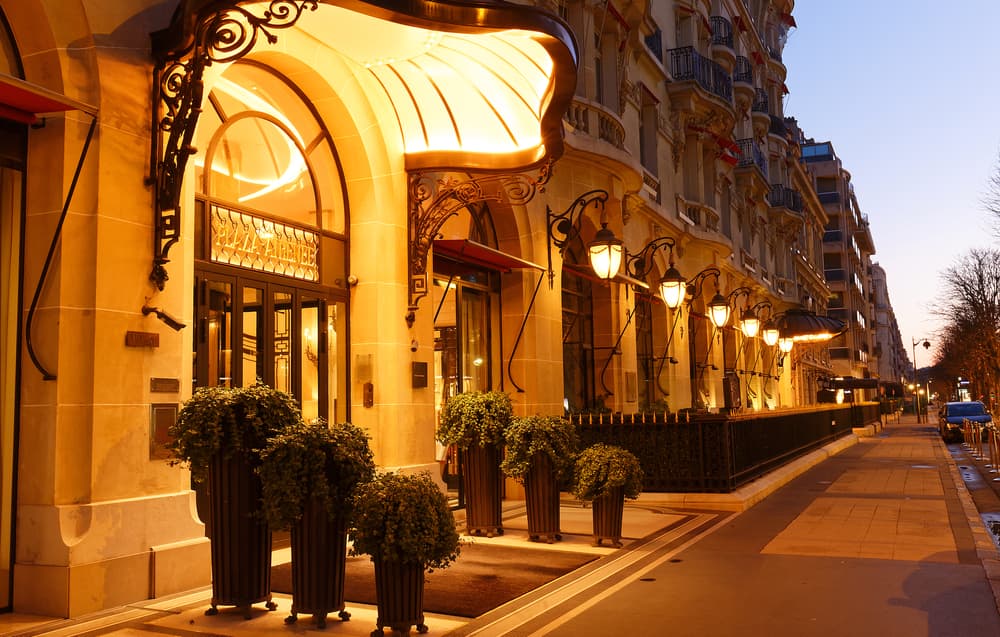

Vuitton, Chanel, Saint Laurent, Thierry Mugler, Prada, Gucci, Armani..: all the haute-couture houses have taken up residence on this 615-meter-long thoroughfare linking the Champs-Elysées to the Alma bridge. Nicknamed "the little Golden Triangle", Avenue Montaigne gradually became the temple of French fashion after the Second World War, when Christian Dior moved there and when it took on the appearance of an English courtyard with its fenced-in gardens.
A simple rustic alley in the 17th century, it was refined in the 18th century with the planting of rows of elms and became famous when one of these trees was used as a hiding place for the crown jewels stolen during the Revolution. Before being renamed after the writer Michel de Montaigne (in 1850), the street was a high place for social events, notably the famous Bal Mabille, birthplace of the French Cancan.
During the Second Empire, the Palais des Beaux-arts (ancestor of the Grand Palais) attracted visitors to this neighborhood, which was also rich in private mansions, but it was only at the very end of the 19th century that the link with fashion appeared.
It starts with a famous patron: Jeanne Paquin, founder of modern fashion who inspired Gabrielle Chanel. Also during the Belle Epoque, the diamond dealer Jules Porgès had a majestic mansion built (rich in woodwork, fireplaces, marble...) in which sumptuous receptions were held. In 1913, the Champs-Élysées theater and the Plaza Athénée hotel became an obligatory meeting place for high society and attracted stars such as Elizabeth Taylor, Greta Garbo and Marlene Dietrich.
The German actress and singer popularized the bias cut and the innovative pleated dresses of the designer Madeleine Vionnet, then located at number 50 of the avenue and whose Couture House was the most famous of the interwar period. She was followed in 1925 by Paul Poiret, the man who liberated women from the corset and who was the first to understand that the store window should be attractive.
But it is from the installation of Christian Dior that the Avenue Montaigne became unavoidable. In 1947, in the private mansion of Napoleon I's natural son, he designed the New-Look that made him world famous and since then, all the great couturiers, jewelers and perfumers have set up shop on this artery, which has been twinned with Madison Avenue in New York since 1987.
Proof of the indestructible place of this place in the history of fashion, in 2011 Anna Wintour launched the Vogue Fashion Night, a worldwide meeting of all fashionistas wishing to shop in a festive atmosphere. To find out about the other events on this commercial artery, which is quieter and more luxurious than its neighbor the Champs-Elysées, go here.
Valerie from Comme des Français
Extend your reading with these articles on :